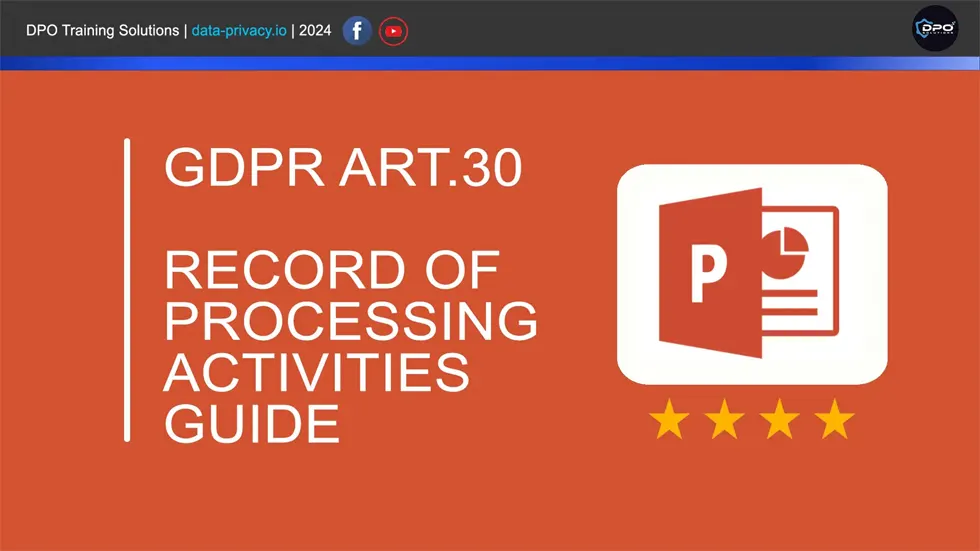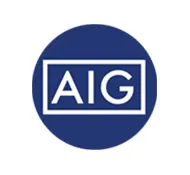The Business Problem of Records Management
More businesses than ever are required to maintain records of personal data processing and be ready to produce accurate and complete records within days of a regulator request. If a business fails to provide accurate said records to authorities then fines can reach punitive levels and negative publicity.
Free RoPA templates found on regulator websites (such as this download RoPA) do not address the problem of accuracy and are labour intensive in the setup and maintenance phases.
Our template is a form based solution which ensures accuracy and speed in data entry with a host of features to make it a full solution for records management.
Features Overview
- This management tool offers
data accuracy and completeness when documenting personal data assets. - Alignment with multiple data privacy laws.
- A Convenient and innovative fully automated, user friendly forms based system.
- Allows fast record entry, record retrieval, timestamped audit trails and reporting.
- Less errors with dropdown lists so you get consistent record entry.
- We provide over 20 sample records for training purposes.
- We provide a method of securely sharing a copy of the records to 3rd parties.
- We provide printer friendly record output.
- We provide an aged record reporting showing the number of records which havent been updated in over 1 year.
- Low cost of ownership to keep you compliant
- Fast support if you run into any issues.
Usage Guide
For first use, you may need to unblock the file from running on your system. To do this, right click on the file in your download directory and click security / unblock.
In the main screen of the spreadsheet there are 2 buttons, one to launch the main data entry form and a second to update the contact details.
The spreadsheet comes with 20 sample records and includes a tab for ‘field values”
where you can customize drop-down values for the form.
Raw records are stored in the ‘Records’ Tab, while another tab exists for ‘Charts’.
When your ready to use for the 1st time, there is an ‘Initialize’ button on the main data entry form which will delete the sample records so you can start adding your own.
To add a record, just start filling in the details and click save. Options to search for records and scroll are on the bottom half of the form.
Most features are self-explantory but if you have questions, use the support button and we’ll try to help.
What if there’s a problem with the tool?
Theres a support button in the tool itself or use our contact us page. If we can’t fix your issue, we’ll offer a full refund.
What if I need to customize the tool?
No problem, we can make simple changes at no cost such as label names, formatting or values.
Who are we?
We’re an international privacy and security business focused on building templates, tools and training solutions for public and private industry.
We understand the business and technical objectives of people we work with and pride ourselves on fast response.








